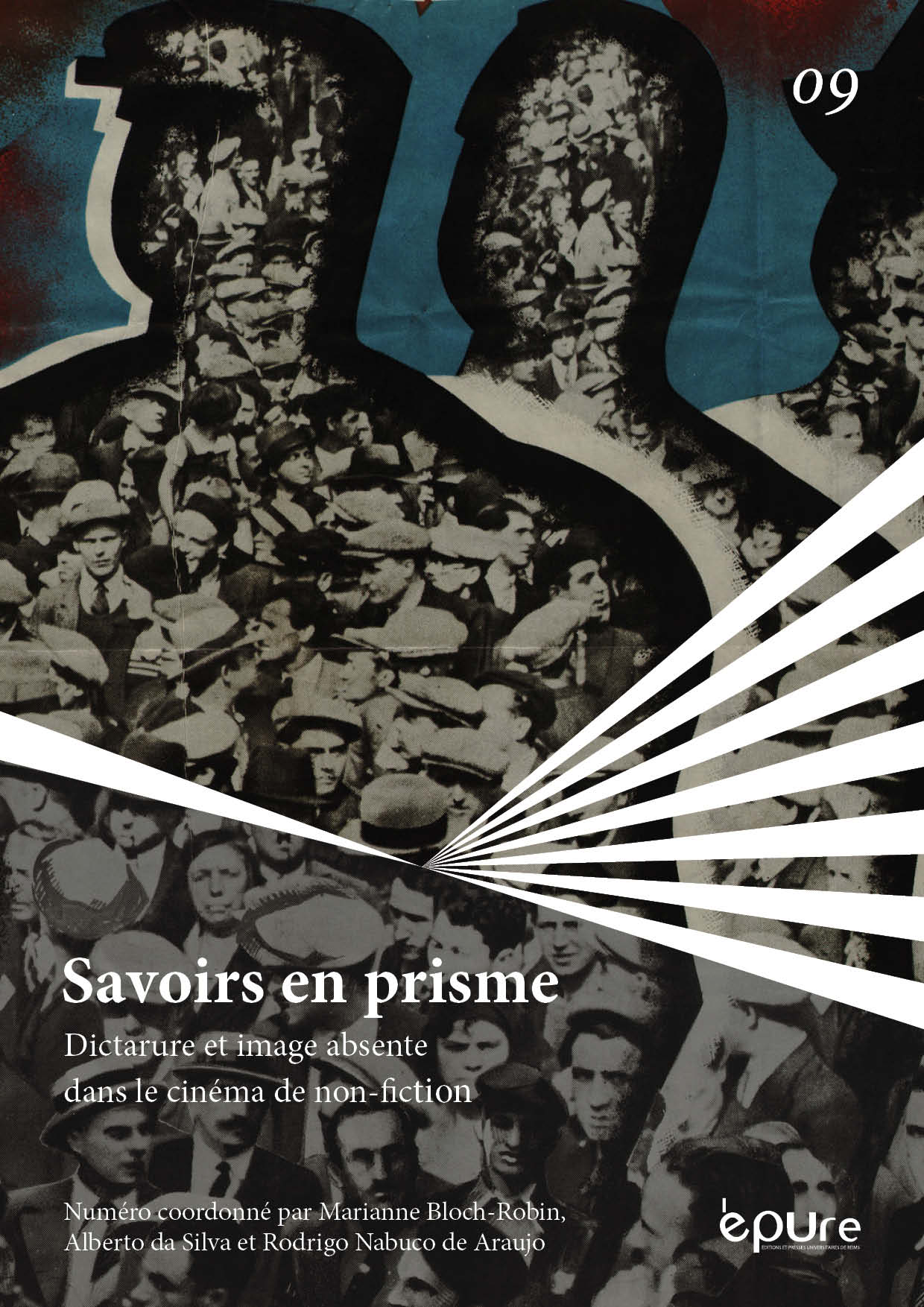El testimonio y sus límites. La experiencia en el límite de lo visible en 48 de De Sousa
Abstract
In De Sousa’s 48 both the testimonies of those who suffered the violence during Salazar’s dictatorship and archive images filled with the signs of this very violence point to an out of frame event. There is no photographic evidence of those ominous chapters of history, and it is not possible to make a reconstruction of what happened through the words of witnesses. Taking that into account, what can we relate to in order to draw an image that allows us to recognize the other -and their experience- as belonging to us? Is it possible to use this emptiness to bring to the present a different kind of image that restores that humanity which was previously denied? And if so, what kind of image would it be? By analyzing 48, this article explores what is left to the viewer when they have nothing but absence to rely on.


